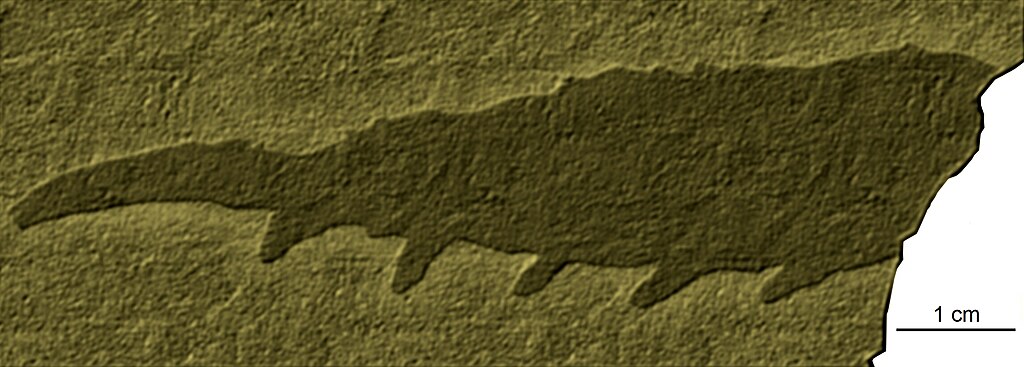The mystery of dinosaur communication has captivated paleontologists for decades. While we have extensive fossil evidence of dinosaur physical structures, understanding how these magnificent creatures communicated remains largely speculative. One particularly intriguing theory suggests that some dinosaurs, especially the larger species, may have used low-frequency sound waves—infrasound—to communicate across vast distances. This form of communication, observed in modern elephants and whales, could have been an evolutionary advantage for dinosaurs roaming prehistoric landscapes. Recent scientific discoveries, anatomical evidence, and comparative studies with living animals have begun to shed light on this fascinating possibility, potentially changing our understanding of dinosaur social behavior and ecology.
The Science of Infrasound: What Are Low-Frequency Sound Waves?

Infrasound refers to sound waves with frequencies below the lower limit of human hearing, typically below 20 Hz. These low-frequency sound waves have remarkable properties that make them particularly useful for long-distance communication. Unlike higher-frequency sounds, infrasound can travel for miles without significant degradation, allowing it to pass through obstacles like dense forests, hills, and even buildings. In modern animals, infrasound production usually requires large vocal organs and resonating chambers, which correlate with body size. This physical requirement makes larger animals, like elephants and whales, natural infrasound producers—a characteristic that may have extended to certain dinosaur species as well. The atmospheric conditions of the Mesozoic Era, with potentially different air densities and compositions, might have further enhanced the propagation of these sound waves across prehistoric landscapes.
Anatomical Evidence in Dinosaur Fossils

Paleontological evidence provides tantalizing clues about dinosaurs’ capacity to produce low-frequency sounds. Certain hadrosaurs (duck-billed dinosaurs) possessed elaborate cranial crests with complex internal chambers that likely served as resonating structures. The lambeosaurine hadrosaurs, for instance, had hollow, tube-like crests connected to their nasal passages that could have functioned as sound-producing organs. Similarly, the elongated nasal chambers of some sauropods might have been capable of generating low-frequency vocalizations. Computer tomography (CT) scans of these structures have allowed scientists to create models predicting the resonant frequencies these chambers could produce. Interestingly, reconstructions suggest many of these sounds would fall within the infrasound range, too low for human ears but potentially perfect for communication across the vast territories these dinosaurs inhabited. The variation in these structures across different species also suggests diverse vocal capabilities among dinosaur groups.
Sauropods: The Likely Infrasound Communicators
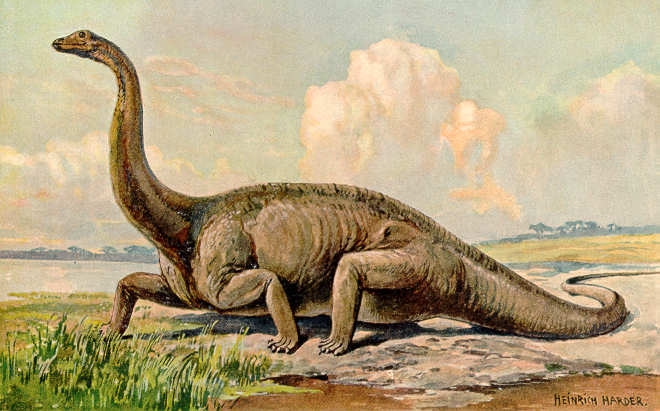
Among all dinosaur groups, sauropods present perhaps the strongest case for infrasound communication. These massive herbivores, including Diplodocus, Brachiosaurus, and Apatosaurus, possessed several anatomical features conducive to low-frequency sound production. Their enormous body size provided ample space for large vocal organs and resonating chambers. Some sauropod fossils reveal large throat areas that could have housed specialized sound-producing structures. Computer models examining their skull morphology suggest these dinosaurs could have produced sounds as low as 5-10 Hz—well within the infrasound range. The long necks of sauropods may have served as acoustic pathways, amplifying these low-frequency sounds. The enormous size of sauropod herds and their expansive foraging territories would have created evolutionary pressure for long-distance communication methods, making infrasound an adaptive trait for coordinating group movements, warning of predators, or attracting mates across kilometers of prehistoric landscape.
Evolutionary Advantages of Low-Frequency Communication

The potential use of infrasound would have conferred significant evolutionary advantages to dinosaurs that possessed this capability. Long-distance communication would have been particularly beneficial for herd coordination, allowing widely dispersed groups to maintain contact across vast territories. In predator species, low-frequency signals could have facilitated pack hunting strategies without alerting prey. For prey species, infrasound warning signals could have traveled faster than visual cues of approaching predators, giving herd members crucial extra seconds to flee. Additionally, infrasound communication would have been effective in the diverse environments dinosaurs inhabited—from dense forests where visual signals would be obscured, to open plains where sound could travel unimpeded for miles. From a reproductive perspective, low-frequency mating calls could have attracted potential mates from considerable distances, expanding breeding opportunities. These combined advantages suggest that if some dinosaurs indeed possessed this capability, it would have represented a significant evolutionary innovation.
The Ceratopsid Resonance Chambers
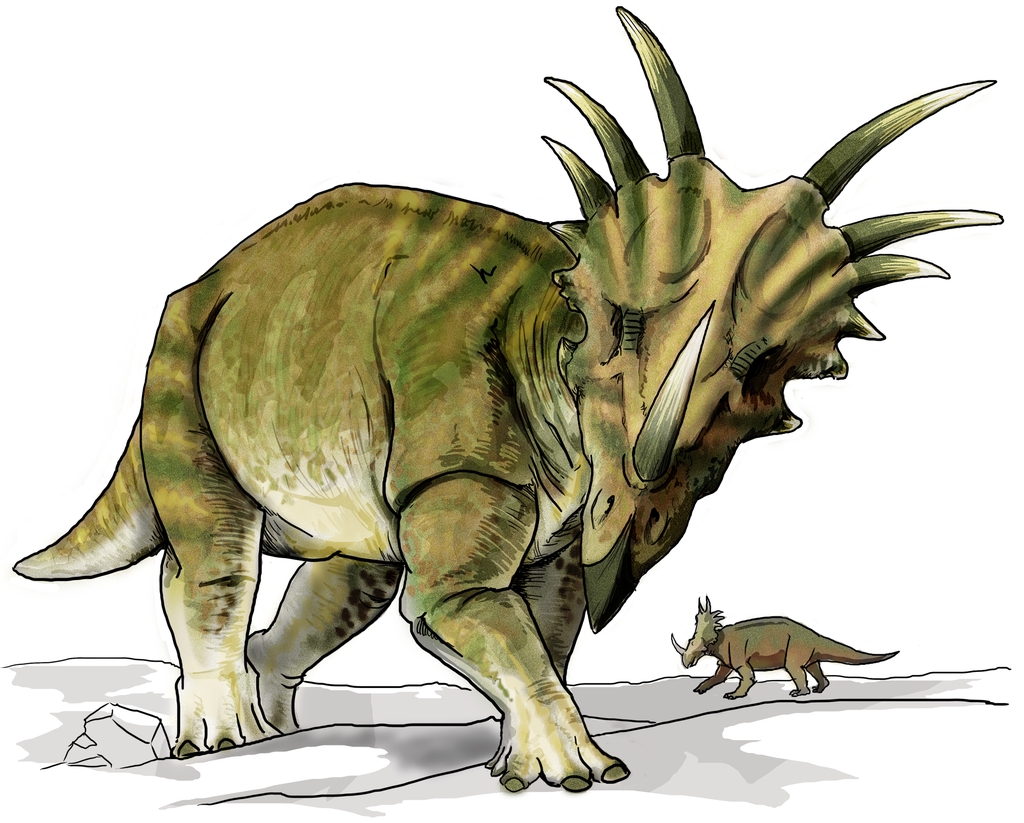
Ceratopsid dinosaurs like Triceratops and Styracosaurus, known for their distinctive frilled heads and facial horns, possess intriguing anatomical features that may have served acoustic functions. The elaborate frills of these dinosaurs weren’t merely defensive structures or display features—they contained hollow chambers and sinuses that could have functioned as natural resonators for vocalization. Recent studies have examined these structures using advanced imaging techniques, revealing complex networks of air spaces within the frills. When modeled acoustically, these chambers appear capable of amplifying certain frequencies, potentially including low-frequency sounds. The variation in frill size and structure across different ceratopsid species suggests possible diversity in their vocal capabilities. Some paleontologists propose that these dinosaurs could have used their frills to produce distinctive species-specific calls, functioning somewhat like the different brass instruments in an orchestra, each with its unique acoustic properties and sound profile.
Modern Analogues: Elephants and Whales

Contemporary examples of infrasound communication in large animals provide valuable insights into how dinosaurs might have utilized this form of communication. African elephants produce infrasound rumbles as low as 14-35 Hz that can travel up to 10 kilometers, allowing them to coordinate movements and maintain social bonds across vast distances. Similarly, blue whales generate 10-20 Hz vocalizations that can travel hundreds of kilometers through ocean waters. Both these modern examples share key characteristics with large dinosaurs: massive body size, social structures requiring coordination, and expansive territories. The laryngeal anatomy of elephants, with specialized vocal folds and large resonating chambers, might parallel structures that existed in certain dinosaur species. By studying how these modern animals produce and perceive infrasound, scientists can develop more accurate models of potential dinosaur communication systems. The behavioral contexts in which modern animals use infrasound—mating, territorial defense, danger warnings, and group coordination—likely mirror the situations where dinosaurs would have benefited from such communication.
How Scientists Test Dinosaur Sound Theories
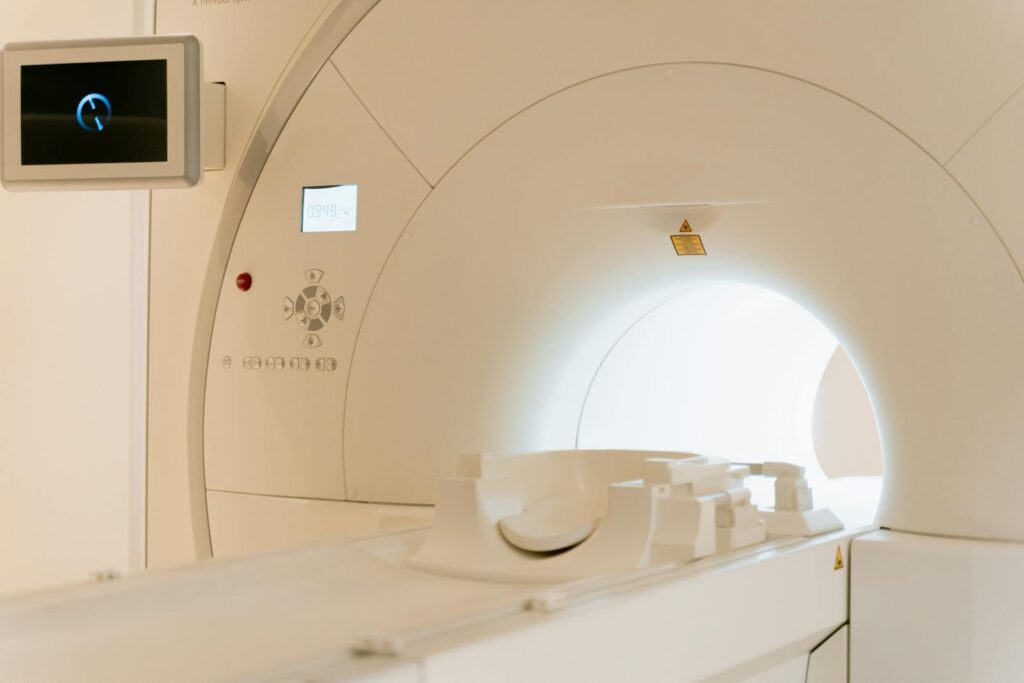
Testing theories about dinosaur vocalizations requires innovative approaches since we cannot directly observe their behavior. Researchers employ multiple complementary methods to investigate these possibilities. Digital reconstructions based on CT scans of fossil skulls allow scientists to model air passage through potential sound-producing structures, predicting the frequencies dinosaurs could have generated. Biomechanical analyses of throat and chest fossils help identify potential vocal organ locations and capacities. Phylogenetic bracketing—comparing dinosaurs to their closest living relatives, birds and crocodilians—provides insights into likely vocal capabilities based on evolutionary relationships. Some researchers have even created physical models of dinosaur sound structures, using 3D printing to recreate skulls and air chambers, then testing their acoustic properties. The combined evidence from these approaches has strengthened the case for infrasound communication in at least some dinosaur species, particularly among the largest sauropods and certain ornithischians with specialized cranial structures.
The Unique Case of Parasaurolophus
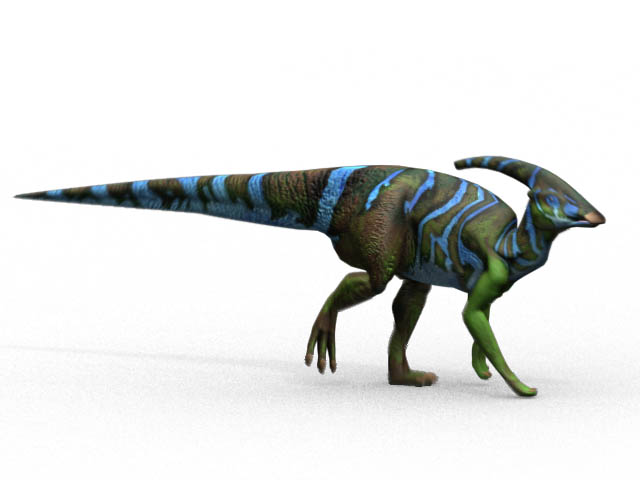
Parasaurolophus, a hadrosaur dinosaur with a distinctive backward-curving cranial crest, presents one of the most compelling cases for specialized sound production among dinosaurs. This hollow, tube-like crest, extending up to 1.8 meters in length, connected directly to the animal’s nasal passages in a complex U-shaped pattern. Computer models analyzing this structure indicate it would have functioned effectively as a resonating chamber. When air passed through this elaborate crest, Parasaurolophus could likely produce a range of sounds, including some potentially in the infrasound range. Experiments with 3D-printed models of the Parasaurolophus crest have produced deep, resonant tones when air is pushed through them. Interestingly, different Parasaurolophus species had slightly different crest shapes and sizes, suggesting each might have produced distinctive calls—perhaps allowing for species recognition. The elaborate nature of this structure, which required significant biological investment to grow and maintain, strongly suggests it served an important function beyond display, with acoustic communication being the most plausible explanation.
Predator-Prey Communication Dynamics

The potential use of infrasound would have created fascinating predator-prey dynamics in the dinosaur world. Large predators like Tyrannosaurus rex might have used low-frequency vocalizations to communicate with pack members during hunts without alerting prey species sensitive to higher frequencies. Conversely, herbivorous dinosaurs may have evolved the ability to detect infrasound as an early warning system for approaching predators. Some researchers speculate that certain herbivores could sense the low-frequency vibrations created by the footfalls of large theropods, similar to how modern elephants can detect the vibrations of distant herds or approaching predators through the ground. The seismic sensitivity some dinosaurs may have possessed could have complemented their auditory capabilities, creating multiple channels for detecting danger. Evidence of heightened sensory capabilities in prey species, including enlarged olfactory lobes and eye orbits, suggests that predator detection was a significant evolutionary pressure, potentially driving the development of infrasound detection abilities alongside other enhanced senses.
Environmental Factors Affecting Sound Propagation

The Mesozoic environment would have significantly influenced how dinosaur vocalizations traveled through the prehistoric world. Different ecosystems—from dense forests to open plains—would have affected sound propagation in distinct ways. The atmospheric composition during the dinosaur era differed from today’s, with generally higher oxygen levels and different carbon dioxide concentrations that would have altered sound wave transmission properties. Climate conditions, including temperature, humidity, and air pressure, would have further modified how far sounds could travel and how clearly they would be perceived. Geographical features such as mountains, valleys, and bodies of water would have created natural acoustic channels or barriers. Seasonal changes might have necessitated adjustments in communication strategies, with dinosaurs potentially vocalizing differently during breeding seasons or in response to environmental shifts. Understanding these environmental factors helps paleontologists develop more accurate models of how effective infrasound communication would have been across different dinosaur habitats and time periods.
Challenges to the Infrasound Hypothesis
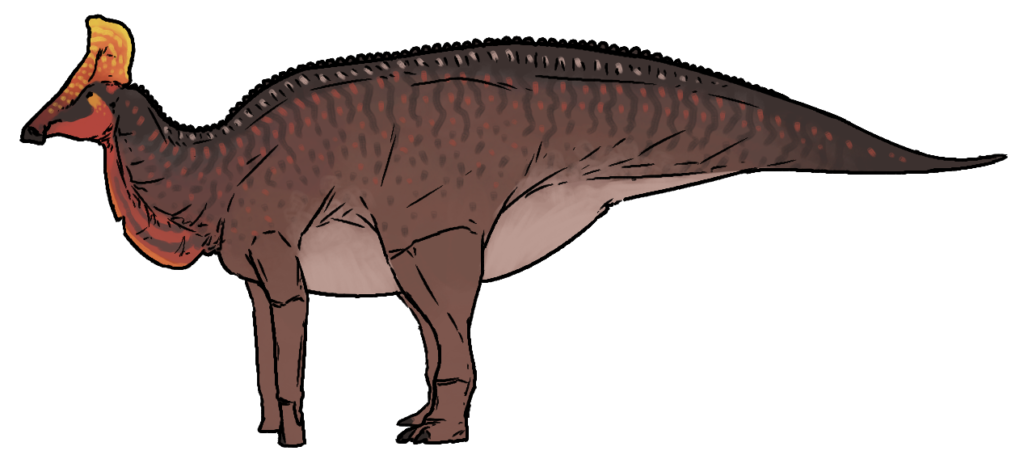
Despite compelling evidence, the theory that dinosaurs used infrasound faces several significant challenges. The incomplete nature of the fossil record means crucial soft tissue structures involved in sound production rarely preserve, forcing scientists to make inferences based solely on skeletal remains. Alternative explanations exist for structures hypothesized to be sound-producing—cranial crests could have served primarily for display, thermoregulation, or specialized breathing rather than vocalization. Some critics argue that the energy requirements for producing powerful infrasound might have been prohibitively high for certain dinosaur species, even large ones. Additionally, the hearing capabilities of dinosaurs remain largely unknown, raising questions about whether potential producers of infrasound could actually perceive these sounds themselves. Paleoacoustic studies are inherently speculative, relying on models and assumptions that cannot be directly verified through observation of living subjects. These limitations make the infrasound hypothesis difficult to prove conclusively, though the accumulating circumstantial evidence continues to strengthen its plausibility for at least some dinosaur groups.
Future Research Directions

The exploration of dinosaur acoustic capabilities represents a vibrant and evolving field with numerous promising research avenues. Advances in CT scanning technology continue to improve our ability to examine internal cranial structures in fossils without damaging specimens, potentially revealing previously unidentified sound-producing features. Computational fluid dynamics simulations are becoming increasingly sophisticated, allowing more accurate modeling of airflow through reconstructed dinosaur vocal tracts. Comparative studies with living archosaurs (birds and crocodilians) continue to refine our understanding of the evolutionary development of sound production in this lineage. New fossil discoveries, particularly those preserving rare soft tissue impressions, may provide unprecedented insights into dinosaur vocal anatomy. Interdisciplinary approaches combining paleontology, acoustics, evolutionary biology, and computer science promise to yield more comprehensive models of dinosaur communication systems. As research techniques continue to advance, our understanding of dinosaur acoustic communication will likely undergo significant refinement, potentially confirming the infrasound hypothesis for certain species while ruling it out for others.
Conclusion

The question of whether dinosaurs communicated using low-frequency sound waves remains one of paleontology’s most intriguing mysteries. While direct evidence is limited by the nature of fossilization, the convergence of anatomical studies, computer modeling, and comparisons with modern animals presents a compelling case that at least some dinosaur species—particularly large sauropods and specialized ornithischians—likely utilized infrasound communication. This capability would have conferred significant evolutionary advantages, allowing for long-distance coordination, mating calls, and predator warnings across the diverse landscapes of the Mesozoic world. As research techniques continue to advance, we may one day have more definitive answers about the acoustic world of dinosaurs, further enhancing our understanding of these fascinating creatures’ complex social behaviors and ecological adaptations. Until then, the low, rumbling calls of dinosaurs remain a tantalizing possibility echoing from the distant past, waiting for science to fully uncover their secrets.

